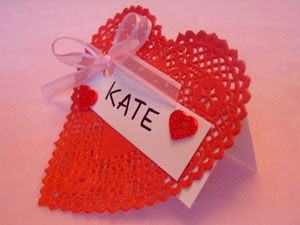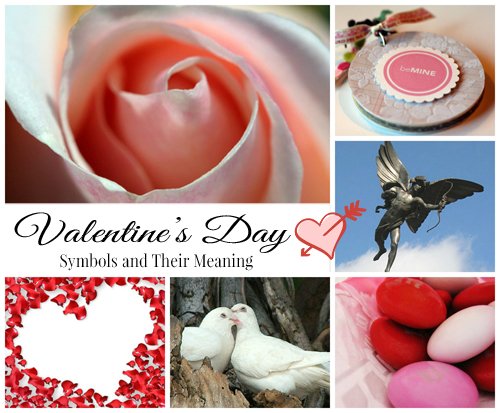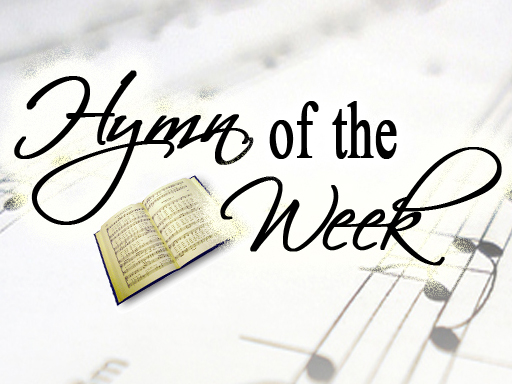Valentine Cards (Love Notes)
 Valentine cards, or love notes, are often referred to simply as “valentines.” They have become an essential element of Valentine’s Day celebrations and are expected not only between lovers, but even among elementary age children in classrooms.
Valentine cards, or love notes, are often referred to simply as “valentines.” They have become an essential element of Valentine’s Day celebrations and are expected not only between lovers, but even among elementary age children in classrooms.
Legend holds that St. Valentine himself was the first to write a love note to the daughter of his jailer that he signed “From Your Valentine.” For more on this, see our Valentine’s Day History page.
The oldest known “valentines” still in existence were penned by Charles, Duke of Orleans, to his wife while he was imprisoned in the Tower of London from 1415 – 1440. His letters can still be seen among the royal papers in the British Museum. One of his valentines reads as follows:
“Wilt thou be mine? dear Love, reply —
Sweetly consent or else deny
Whisper softly, none shall know,
Wilt thou be mine, Love? — aye or no?
“Spite of Fortune, we may be
Happy by one word from thee.
Life flies swiftly — ere it go
Wilt thou be mine, Love? — aye or no?”
During Charles’ lifetime, expressions of love on Valentine’s day were generally spoken or sung. However, by the 16th century, written valentines became more common. Nuns in convents began creating cards with images of saints or of the Sacred Heart (of Jesus) to be sold on Valentine’s Day in order to raise money for charity.
Over the next few centuries, various manufacturers made valentines but most senders created their own cards and verses. However, in the 1840’s a young entrepreneurial woman by the name of Esther Howland began the first significant commercial valentine business in the US. She imported lace and fine papers from England and created the first assembly line for producing cards. There was a tremendous demand for her products, and she established herself as one of the most prominent figures in the history of valentines.
In 1915, Joyce Hall created Hallmark, now the largest producer of greeting cards. Valentine card sales continue to be second only to Christmas in regard to seasonal greetings.
For more information on the history of Valentine Cards, see the article “Valentines — The Language of Love” by Nancy Rosin, President of the National Valentine Collectors Association.
This page was created by:

Back to main Valentine’s Day Symbols page.
We welcome your ideas! If you have suggestions on how to improve this page, please contact us.
You may freely use this content if you cite the source and/or link back to this page.
Image Credit: ali edwards via photopin cc






